April 17, 2025 | 05:48 GMT +7
April 17, 2025 | 05:48 GMT +7
Hotline: 0913.378.918
April 17, 2025 | 05:48 GMT +7
Hotline: 0913.378.918

Deputy Minister of Agriculture and Rural Development Tran Thanh Nam in the consultation conference on the project's content: "Improving the value of salt production and processing in the 2021-2025 period". Photo: Minh Phuc.
Deputy Minister of Agriculture and Rural Development Tran Thanh Nam said that the country's current salt production area is about 11,200 hectares. Total salt production per year reaches 1 million tonnes. Vietnam's salt has been exported, especially to Japan and the US. Due to the diversification of products, including salt for cooking, salt for beauty and tourism, etc., the salt sector's value has gradually increased.
In the world, the salt industry has a very high value. According to the Ministry of Agriculture and Rural Development, salt production can bring high incomes for farmers. But paradoxically, today, 21,000 salt-making households in Vietnam now have low income and challenging life. It is because salt's selling prices are only from VND 5,000 to 7,000 per kilogram.
"We need a plan to support the development of the salt sector. The current domestic demand for salt is about 1.6 million tonnes, and Vietnam still has to import salt. Therefore, we need to research to find a resolution to increase the value of the salt sector, meeting domestic demand and aiming for export so that farmers can get rich from the salt-making," said Deputy Minister Tran Thanh Nam.
The Ministry of Agriculture and Rural Development has developed a project to raise the value of salt production and processing in the 2021 - 2025 period. Furthermore, it will organize a preliminary review of the implementation of Decree 40 on the management of salt production and trading. In addition, in the coming time, the Ministry of Agriculture and Rural Development will organize a forum to promote commercial investment in the salt sector, with the participation of Vietnam's key salt-producing enterprises.
According to Deputy Minister Tran Thanh Nam, to implement the Project "Improving the value of salt production and processing in the 2021-2025 period", it is necessary to invest in 3 areas, including salt industry infrastructure synchronously; effective model for productivity, high quality, and chain-linked production to bring salt to the market with value; projects to improve post-investment efficiency, preserve and develop traditional salt, build brands, geographical indications, trade promotion and communication.
"If we are not drastic, we will not be able to achieve the goal. Therefore, businesses and localities should make enthusiastic contributions to Vietnam's salt to improve its value, helping 21,000 households and 51,000 workers in the salt industry earn high incomes," said Deputy Minister Tran Thanh Nam.
Summarizing the main contents of the Project on Raising the value of salt production and processing in the 2021-2025 period, Mr. Le Duc Thinh - Director of the Department of Economic Cooperation and Rural Development, said that the project would be implemented in 35 communes, 12 districts of 7 provinces (Nam Dinh, Thai Binh, Phu Yen, Khanh Hoa, Ninh Thuan, Ben Tre, Bac Lieu) with a direct production area of nearly 2,900 hectares; the production area benefited are from 3,300 hectares.

The project's total cost is forecasted to be nearly VND 1,200 billion. Photo: Minh Phuc.
According to the Project, 18 enterprises processing and consuming salt, 16 cooperatives, 2 cooperative groups, 4,667 households with about 11,500 employees will benefit.
The project will invest in upgrading and renovating infrastructure for salt production, investment in irrigation systems, consolidating and developing production and processing, diversifying products in association with building a chain of consumption links, and raising the value of salt production.
The project's total cost is expected to be nearly VND 1,200 billion, of which the central budget is VND 536 billion, and the local funding is almost VND 284 billion. The rest is from credit loans.
According to Ms. Ha Lan Anh, Vice Chairman of the People's Committee of Nam Dinh province, the province's salt production area has 670 hectares with a total of 1,371 participating households.
By 2025, the province will keep a stable salt production area according to traditional farming methods of about 200 hectares, with an average output of 50 tonnes per hectare each year.
In addition, Nam Dinh province will support businesses and cooperatives to invest in technical equipment, research, and process new products. Salt output reaches 100,000 tonnes per year. Currently, Nam Dinh province has six large enterprises engaged in salt production.
Mr. Nguyen Tat Dai - Deputy Director of the Planning Department (Ministry of Agriculture and Rural Development), said that it is expected that the investment capital for projects to upgrade and renovate infrastructure for salt production and build incentive models will be allocated in 2023 and 2024.
If the localities are not drastic, do not have specific plans, and are proactive with resources from the local budget, businesses, and households, project implementation progress will not meet the original goal.
Deputy Minister Tran Thanh Nam emphasized that this is a project of social security nature because the beneficiaries are mostly the poor, and salt products have the lowest value compared to other goods. Therefore, the Government assigned the Ministry of Agriculture and Rural Development to develop a project to establish the value of salt production and processing to revive the salt making profession, not lose the salt profession and improve the value of salt products.
However, for a project or project to be successful, localities must have responsibilities. Therefore, Deputy Minister Tran Thanh Nam suggested that by November 20, localities send written commitments to implement the project to the Ministry of Agriculture and Rural Development.
Translated by Ha Phuc
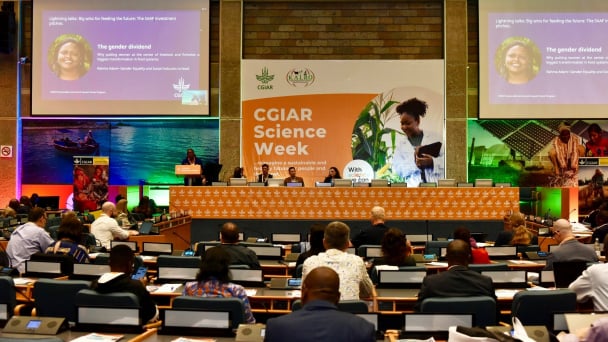
(VAN) The CGIAR’s Sustainable Animal and Aquatic Foods (SAAF) program represents a new approach that emphasizes the transformation of food systems toward sustainability.
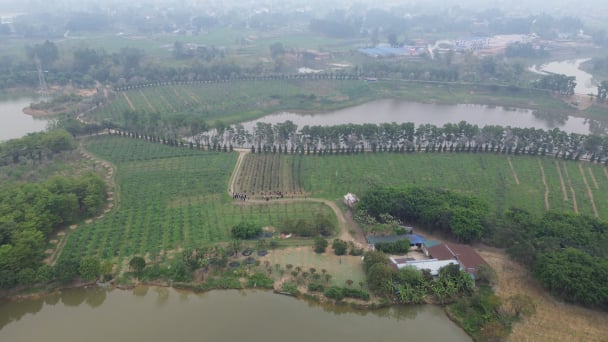
(VAN) Scientists assume that industrial agriculture has been 'outdated.' As a result, a comprehensive overhaul or a revolution in the direction of embracing ecological agriculture is needed.
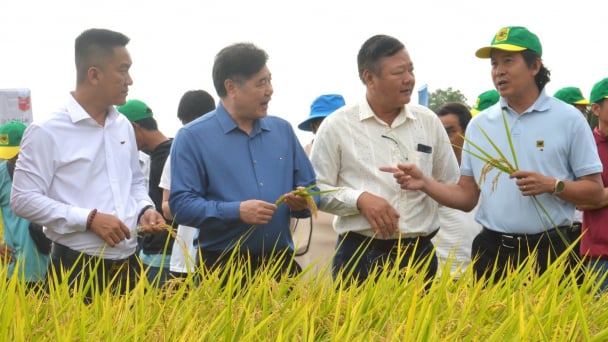
(VAN) The results from pilot fields are catalyzing the expansion of the One million hectares of high-quality, low-emission rice project in Kien Giang.
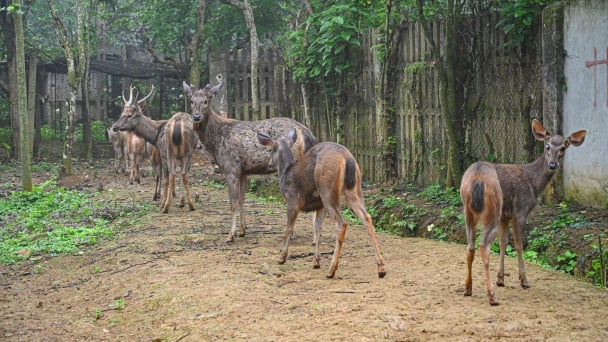
(VAN) On the morning of April 11, Cuc Phuong National Park received 18 individuals of endangered and rare wild animals from Da Nang city.
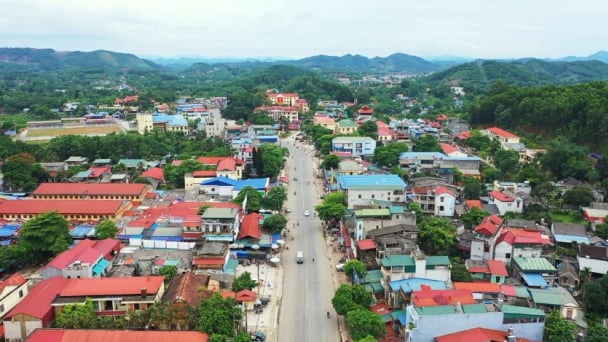
(VAN) FAO supports Vietnam in enhancing survey sampling techniques for the 2025 nationwide agricultural and rural census.
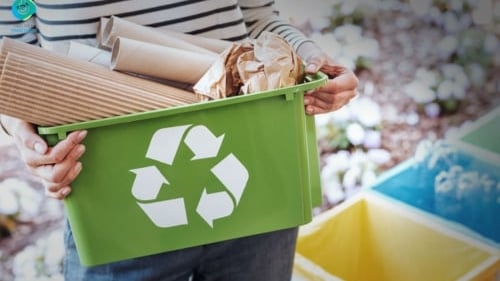
(VAN) By participating in the green transition, manufacturers become an indispensable part of the circular economy, contributing to resource optimization and environmental protection.
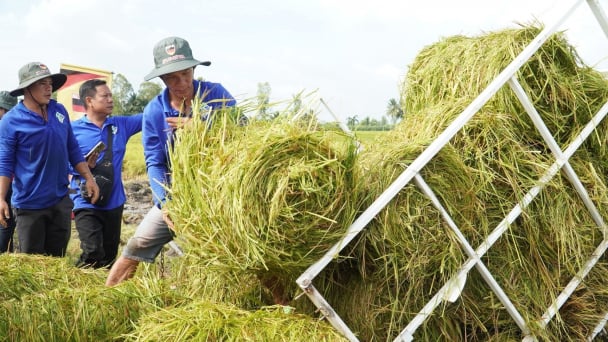
(VAN) The One Million Hectares of High-Quality and Low-Emission Rice Program can generate nearly 14 million tons of straw annually, posing an urgent requirement to diversify straw-based products.